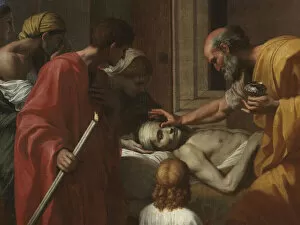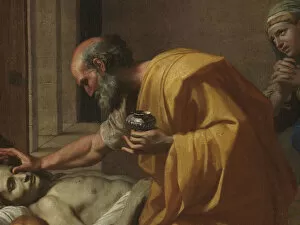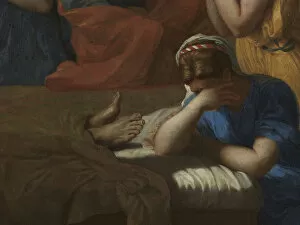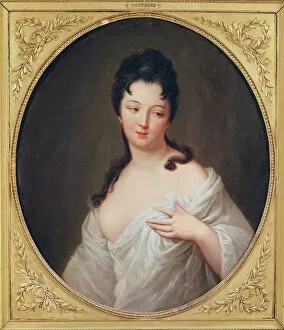Pallor Collection
Pallor: A Symphony of Shadows and Light - Exploring the Depths of Mortality in Art In the hallowed halls of art history, the theme of pallor, or paleness
For sale as Licensed Images
Choose your image, Select your licence and Download the media
Pallor: A Symphony of Shadows and Light - Exploring the Depths of Mortality in Art In the hallowed halls of art history, the theme of pallor, or paleness, has long held a profound and enduring fascination. From the hauntingly beautiful works of the Seven Sacraments series by Jusepe de Ribera, such as those housed in the Wadsworth Atheneum Museum of Art, to the melancholic Portrait of a Woman by an unknown artist, the pallor of the human condition is laid bare. In Ribera's Extreme Unction paintings, created between 1638 and 1640, the pallor of the dying is a stark reminder of the inexorable passage of time. The subjects, bathed in the dim light of an artificial sun, are imbued with a sense of impending doom and the fragility of life. The contrast between the extreme pallor of the dying and the rich, vibrant colors of their surroundings serves to heighten the sense of loss and the inevitability of death. The pallor of St. Helena, as depicted in the eponymous painting by an unknown artist, offers a different perspective. Here, the pallor is not a sign of impending death, but rather a symbol of the deep introspection and contemplation that comes with the twilight years. The serene expression on St. Helena's face, and the peaceful landscape that surrounds her, speak to the inner strength and resilience that can be found in the face of aging and the passage of time. The theme in art is a complex and multifaceted one, reflecting the human experience of mortality and the passage of time. Whether a reminder of the fragility of life or a symbol of the inner strength and resilience that can be found in the face of aging, the pallor of the human condition continues to captivate and inspire artists and viewers alike.








